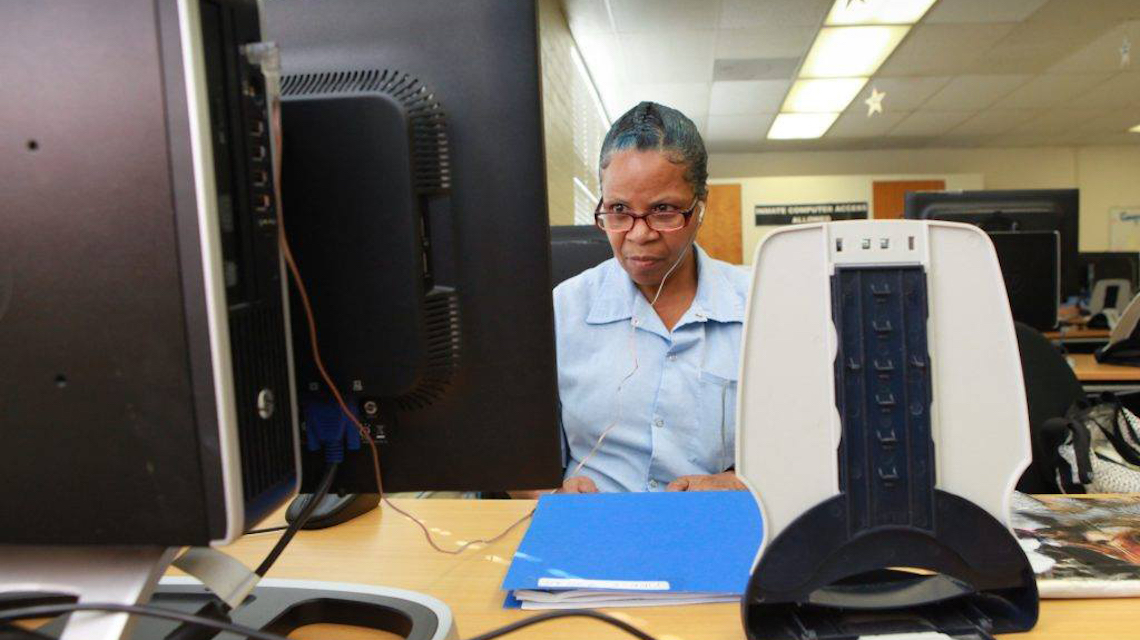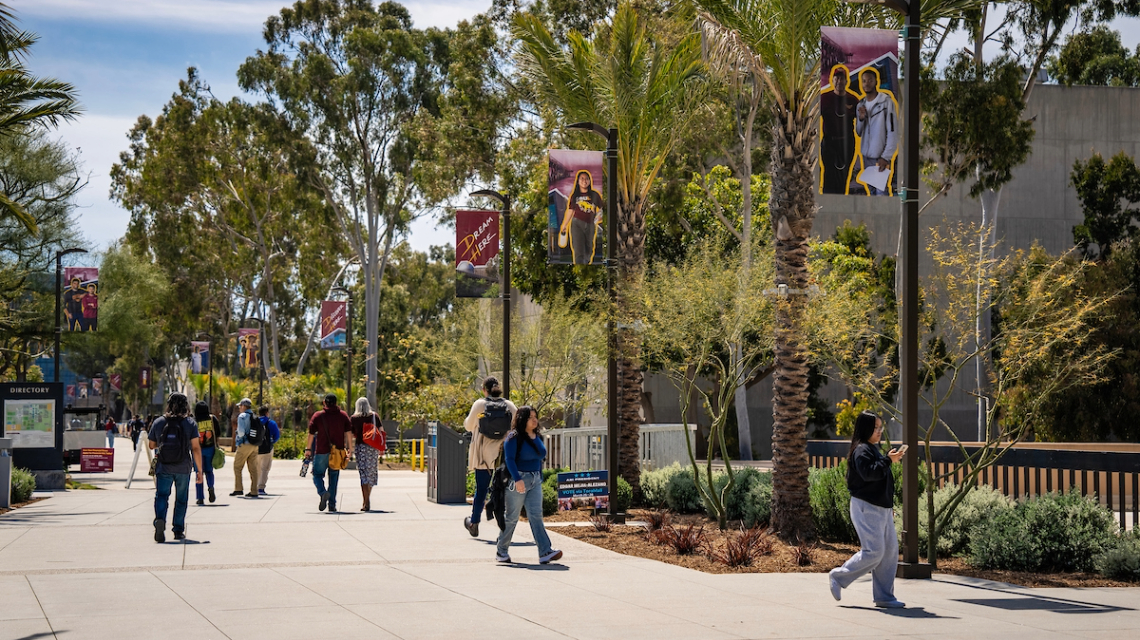
Source: KTLA
Incarcerated students in California can now pursue a master’s degree through a new partnership between the state’s Department of Corrections and Rehabilitation and California State University, Dominguez Hills.
Beginning in the fall, incarcerated students can obtain their Master of Arts in Humanities degree through the HUX program, a joint project between the College of Continuing and Professional Education and the College of Arts and Humanities, a news release said.
This is the first time CDCR has formally partnered with a state university to offer a graduate program.
“CDCR is proud to partner with CSUDH to further the department’s commitment in expanding ‘grade school to grad school’ opportunities and also strengthen collaborative efforts with California’s public higher education system,” CDCR Secretary Jeff Macomber said in a statement.
CSUDH’s president shared similar remarks, saying that the university was proud to embark on this historic partnership.
The fall cohort will include 33 students who will spend two years learning about different topics related to their choice of study. Students in the program can choose to focus on one of the four areas of study.
- Religion, Morality and Spirituality
- Perspectives on Punishment
- Urban Development
- Expanding Horizons
Any incarcerated person within CDCR can apply for the program if they have already obtained a bachelor’s degree from an accredited college or university and earned a GPA of at least 2.5.
The program, however, isn’t free, with tuition costing $10,500, and students are responsible for paying the sum. CSUDH and CDCR will offer financial assistance, such as scholarships and grants, to eligible students, according to the news release.
The coursework would be completed independently via correspondence with the college.
Research shows that incarcerated individuals who take steps to advance their education are more likely to find good-paying jobs once they are released, among other benefits.
The HUX program has been at CSUDH since 1974 and was approved to join the California state prison system’s infrastructure in April.








